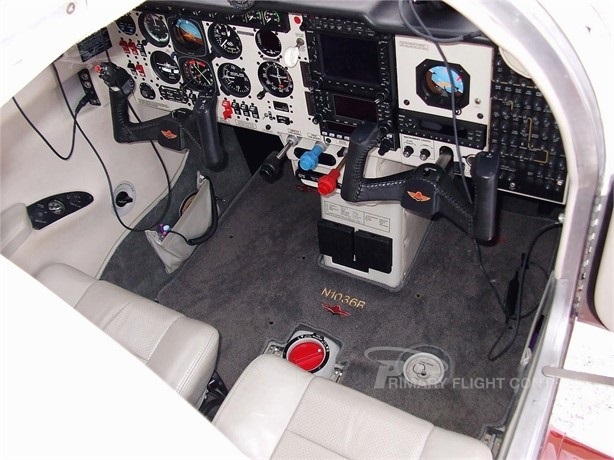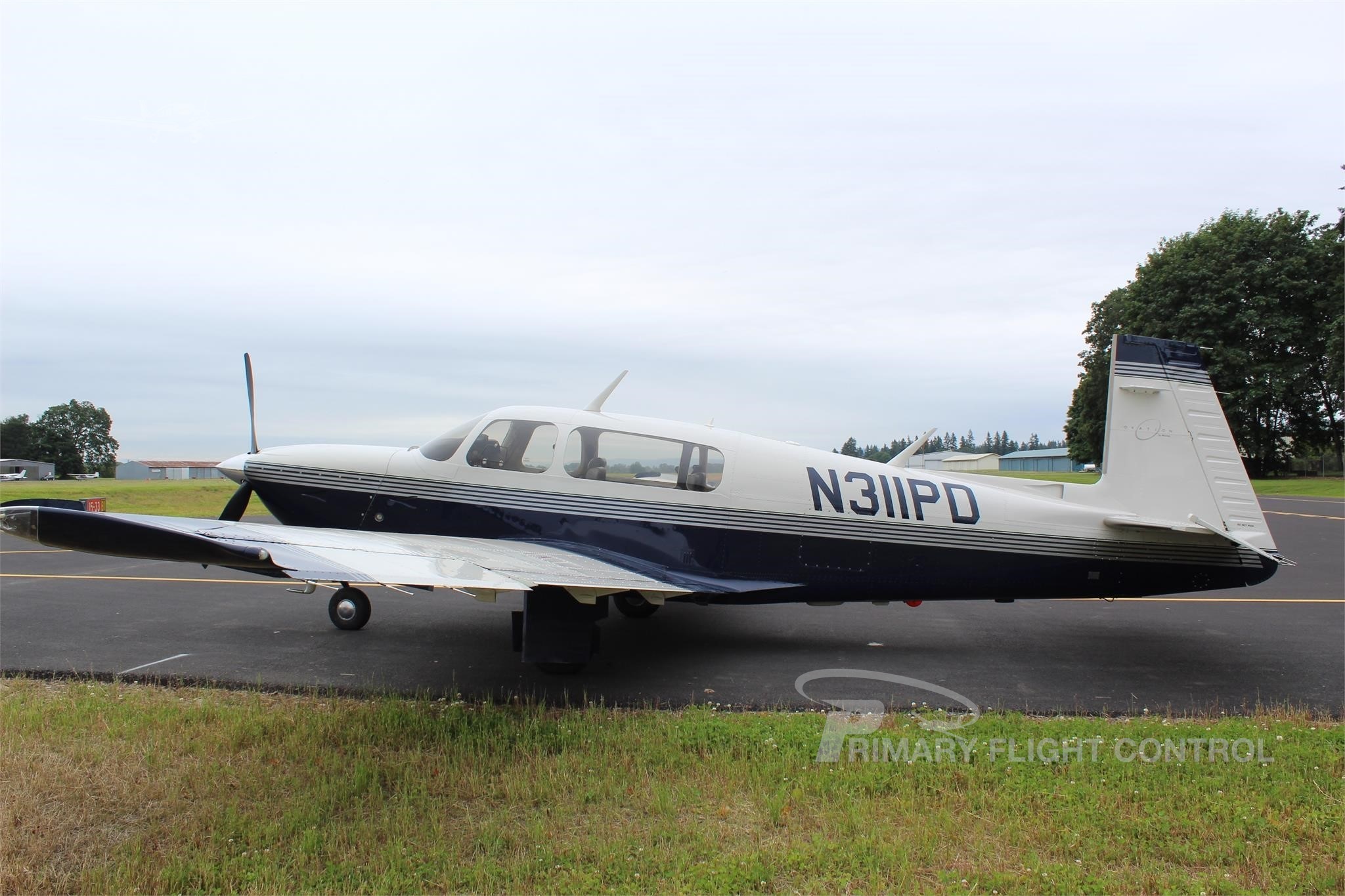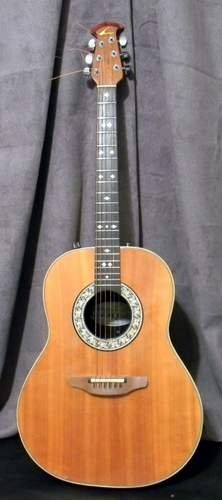Ovation Applause Serial Numbers 3,5/5 3100votes Seeking information about my vintage Ovation Applause AA-31 acoustic guitar. Number produced: 250 to 800 (400 estimated; sources vary) Original list price: $399. The Applause GP. Towards the very end of the run, a few GP's were labeled as Applause, rather than Ovation. Why this was done is anybody's guess. The Ovation Guitar Company is a manufacturer of string instruments.Ovation primarily manufactures steel-string acoustic guitars (both 6 and 12-string versions) and nylon-string guitars, often with pickups for electric amplification. In 2015, it became a subsidiary of Drum Workshop after being acquired from KMCMusicorp. There is no way it can be dated by the serial number, Ovation doesnt publish records on the non-U.S.-made models. Just purchased an Ovation Celebrity with electronics for cheap Curious if there is any way to approx date year of mfg since its a Korean build, SN 3554933 Bill V.
How to date your OVATION ?(sorry for ze frenchmen, this fichier is complètement en rosbif) (ici by spéciale courtoisie of Bernard Rey (Bernard King), who had recuperated it ailleurs (God knows where) and that I just modified a little, but don't ask me for a translation par exemple... am I clair ? it is déjà pretty that I permit you to find this on the web, because Ovation has enleved it quelques temps ago.
| Range | Date | Comment |
| 006-319 | 1966 | three digits in red ink |
| 320-999 | 1967 (Feb.-Nov.) | New Hartford; three digits in red ink |
| 1000- | 1967 (Nov.)-1968 (July) | four digits in black ink, no letter prefix |
| 10000- | 1970 (Feb.)-1972 (May) | five digits, no letter prefix |
| A + three digits | 1968 (July-Nov.) | |
| B + three digits | 1968 (Nov.)-1969 (Feb.) | |
| B + five digits | 1974-1979 | Magnum solidbody basses |
| C + three digits | 1969 (Feb.-Sept.) | |
| D + three digits | 1969 (Sept.)-1970 (Feb.) | |
| E + four digits | 1973 (Jan.)-1975 (Feb.) | solidbodies |
| E + five digits | 1975 (Feb.)-1980 | solidbodies |
| E + six digits | 1980 (late)-1981 | some UK IIs (does not reflect production) |
| F, G prefix | 1968 (July)-1970 (Feb.) | |
| H, I, J, L prefix | 1970-1973 | Electric Storm series |
Six-Digit Series, 1971-Present (Except Adamas)
| Range | Date | Comment |
| 000001-007000 | 1972 (May-Dec.) | |
| 007001-020000 | 1973 | |
| 020001-039000 | 1974 | |
| 039001-067000 | 1975 | |
| 067001-086000 | 1976 | |
| 086001-103000 | 1977 (Jan.-Sept.) | |
| 103001-126000 | 1977 (Sept.)-1978 (Apr.) | |
| 126001-157000 | 1978 (Apr.-Dec.) | |
| 157001-203000 | 1979 | |
| 211011-214933 | 1980 | |
| 214934-263633 | 1981 | |
| 263634-291456 | 1982 | |
| 291457-302669 | 1983 | |
| 302670-303319 | 1984 | Elites only |
| 315001-339187 | 1984 (May-Dec.) | Balladeers only |
| 303320-356000 | 1985-1986 | |
| 357000-367999 | 1987 | |
| 368000-382106 | 1988 | |
| 382107-392900 | 1989 | |
| 403760-420400 | 1990 | |
| 421000-430680 | 1990 | |
| 400001-403676 | 1991 | |
| 430681-446000 | 1991 | |
| 402700-406000 | 1992 | |
| 446001-457810 | 1992 | |
| 457811-470769 | 1993 | |
| 470770-484400 | 1994 | |
| 484401-501470 | 1995 |
Adamas Models
Series starts with 0077 in Sept. 1977

| Range | Year |
| 0077-0099 | 1977 |
| 0100-0608 | 1978 |
| 0609-1058 | 1979 |
| 1059-1670 | 1980 |
| 1671-2668 | 1981 |
| 2669-3242 | 1982 |
| 3243-3859 | 1983 |
| 3860-4109 | 1984 |
| 4110-4251 | 1985 |
| 4252-4283 | 1986 |
| 4284-4427 | 1987 |
| 4428-4696 | 1988 |
| 4697-4974 | 1989 |
| 4975-5541 | 1990 |
| 5542-6278 | 1991 |
| 6279-7088 | 1992 |
| 7089-8159 | 1993 |
| 8160-9778 | 1994 |
| 9779-11213 | 1995 |
And maintenant, comment identifier the n° of model ???
------------------------------------------------------------------------
Four-Digit Model Numbers
------------------------------------------------------------------------
First digit is always 1
Second digit is type of guitar:
1 Acoustic roundbacks (also semi-hollowbody electrics)
2 Solidbody and semi-hollowbody electrics
3 Ultra acoustics
4 Solidbody
5 Acoustic electric cutaway Adamas and II/Elite/Ultra electric
6 Acoustic electric roundbacks
7 Deep
8 Shallow
Third digit denotes bowl depth on acoustic and acoustic electrics:
1 Standard bowl, 5 13/16' deep
2 Artist bowl, 5 1/8' deep
3 Elite/Matrix electric deep bowl
4 Matrix shallow bowl
5 Custom Balladeer, Legend, Legend 12, Custom Legend 12, Anniversary
6 Cutaway electric, deep bowl
7 Cutaway electric, shallow bowl
8 Adamas, 61/16' deep
Fourth digit denotes model, for first eight acoustic models:
1 Balladeer
2 Deluxe Balladeer
3 Classic
4 Josh White
5 12-String
6 Contemporary Folk Classic
7 Glen Campbell Artist Balladeer
8 Glen Campbell 12-String
Color code follows hyphen after model number (but I am not quite sure for all of them):
1 Sunburst
2 Red
4 Natural B Barnwood (gray-to-black sunburst)
5 Black H Honeyburst
6 White
7 LTD Nutmeg/Anniversary Brown/Beige/Tan
8 Blue
9 Brown
Model Chronology
------------------------------------------------------------------------
The dates in this chronology reflect actual appearances of models, determined from price lists and the recollections of sales representatives and dealers. They may differ slightly from the first production or official introduction dates in the text.
Acoustic and Acoustic Electric
| 1966 | Balladeer introduced. All with natural top, Grover Rotomatic tuners, dot fret markers, white-black-white binding, small or thin rosette with figure-8 chain link motif and grape bunch at 4 o'clock position. Less than 100 made before February 1967 move to New Hartford factory. Variations: very early with no rosette; some with extra diamond fret markers at twelfth fret. |
| 1967 (Feb.) | Deluxe Balladeer introduced. Essentially a Balladeer with diamonds at twelfth fret, Grover Rotomatics (Balladeer now has Kluson tuners), five-ply top binding. |
| 1967 (Sept.) | Classic introduced. No fret markers, twelve frets clear of body, flat fingerboard. Josh White model introduced. Twelve frets clear of body, wider neck, steel strings, dot markers with diamonds at twelfth fret. Model numbers introduced: Model #1 Balladeer Model #2 Deluxe Balladeer Model #3 Classic Model #4 Josh White Shaded brown sunburst top introduced Larger floral leaf rosette appears |
| 1968 (Jan.) | Model #5 12-String introduced |
| 1968 (July) | Semi-hollowbody Electric Storm series introduced (see separate listing) Model #6 Contemporary Folk Classic appears in the catalog, but is only produced as a prototype (probably during development of Glen Campbell model), with red, green, or blue bowl color option |
| 1968 (Nov.) | Glen Campbell models and shallow 'Artist' bowl introduced: Model #7 Glen Campbell Artist Balladeer Model #8 Glen Campbell 12-String Four-digit model numbers with K prefix introduced: |
| 1970 | Josh White model deleted after his death |
| 1971 (May) | K-1124 Country Artist introduced. Similar to the Josh White but with shallow bowl, fourteen-fret neck, flat fingerboard, and nylon strings, replaces Josh White as the #4 model. Acoustic electric models introduced: |
| 1972 (June) | K prefix deleted from model names 1114 Folklore introduced (reintroduction of Josh White model) 1115 12-String renamed Pacemaker 1117 Deluxe Balladeer renamed Legend 1122 Classic Balladeer introduced 1614 Electric Folklore introduced 1615 Electric Pacemaker introduced 1617 Electric Legend introduced Solidbody electrics introduced (see separate listing) |
| 1974 | 1116 Concert Classic introduced 1616 Electric Concert Classic introduced 1119 Custom Legend introduced 1619 Electric Custom Legend introduced |
| 1976 | New top finishes introduced: Red, White, or Blue Patriot Bicentennial introduced. Limited run of 1776 guitars, fancy version of Custom Legend with drum-and-flag decal and '1776*1976' on lower treble bout. |
| 1976 (Sept.) | Adamas introduced in prototype form for artists and select dealers. The first 26 are prototypes; #27-#61 are a non-tooling production run; #62-#76 have a new headstock design and the Kaman bar neck reinforcement. Wooden epaulettes around soundholes change to a photographic Mylar material. Extensive tooling begins Sept. 1977. Dealers receive first production models in Dec. 1977. First production Adamas sold is a Model 1687, #0077-95. Suffix is guitar's natural frequency resonance. The first Adamas 12-String is #213. Charles H. Kaman signs the labels up to #600. At #600 C.W. (Bill) Kaman II begins signing labels. 1187 Acoustic Adamas 1188 Acoustic Adamas 12-String 1687 Adamas (acoustic electric) 1688 Adamas 12-String (acoustic electric) |
| 1978 | 1157 Anniversary introduced 1657 Electric Anniversary introduced |
| 1979 | 1587 Adamas cutaway introduced 1651 Legend Limited (electric only) introduced |
| 1981 | Adamas II models introduced. Standard Ovation neck and bridge, available as acoustic electric only. 1681 Adamas II 1685 Adamas II 12-String 1581 Adamas II cutaway |
| 1982 | Collectors' Series inaugurated (see separate listing) 1155 Custom Balladeer 12 introduced 1655 Electric Custom Balladeer 12 introduced 1156 Legend 12 introduced 1656 Electric Legend 12 introduced 1159 Custom Legend 12 introduced 1659 Electric Custom Legend 12 introduced Cutaway models introduced: Adamas cutaways |
| 1982 (Oct.) | Elite appears on price list; production begins shortly thereafter. First catalog appearance is late 1983. |
| 1983 | Super-shallowbodies introduced |
| 1988 | Abalone trim added to Custom Legend and Electric Custom Legend |

Collectors' Series
------------------------------------------------------------------------
Model number is the year (except for twelve-strings and two 199S models in 1990), followed by finish code.
| Year | Model-Production | Description | Color |
| 1982 | 1982-81908 | Deep bowl non-cutaway, round soundhole | Blueburst |
| 1983 | 1983-B2754 | Super-shallow cutaway, round soundhole Barnboard | |
| 1984 | 1984-52637 | Super-shallow cutaway, Elite style Ebony stain | |
| 1985 | 1985-12198 | Super-shallow cutaway, Elite style Autumnburst | |
| 2985-1715 | Twelve-string super-shallow cutaway,Elite style Autumnburst | ||
| 1986 | 1986-61858 | Super-shallow cutaway, round soundhole Pearl White | |
| 2986-6392 | Twelve-string super-shallow cutaway, round soundhole Pearl White | ||
| 1987 | 1987-7820 | Deep bowl cutaway, Elite style Nutmeg stain | |
| 1987-5108 | Deep bowl cutaway, Elite style Black | ||
| 1988 | 1988-P1177 | Super-shallow cutaway, Elite style Pewter | |
| 1989 | 1989-8981 | Super-shallow cutaway, round soundhole Blue Pearl | |
| 1990 | 1990-7500 | Deep bowl cutaway, bird's-eye maple, Elite style Nutmeg | |
| 199S-7750 | Super-shallow cutaway, bird's-eye maple, Elite style Nutmeg | ||
| 1990-150 | Deep bowl cutaway, bird's-eye maple, Elite style Sunburst | ||
| 199S-100 | Super-shallow cutaway, bird's-eye maple, Elite style Sunburst | ||
| 1991 | 1991-41464 | Deep bowl cutaway, round soundhole Natural | |
| 1991-5292 | Deep bowl cutaway, round soundhole Black metallic | ||
| 1992 | 1992-H1995 | Super-shallow cutaway, quilted ash, Elite style Honeyburst | |
| 1993 | 1993-41537 | Mid-depth cutaway, Elite style Natural | |
| 1994 | 1994-71763 | Mid-depth cutaway, round soundhole Nutmeg | |
| 1995 | 1995-71502 | Mid-depth cutaway, round soundhole Nutmeg | |
| 1996 | 1996-TPB1280 | Mid-depth cutaway, round soundhole Burgundy |

Ovation Applause Serial Numbers Lookup
Electric Storm Semi-Hollowbodies Series
------------------------------------------------------------------------
Ovation Applause Serial Numbers Identification
| 1968 (July) | Electric Storm series introduced: Thunderhead. Top of the line, gold-plated metal parts, two humbucker pickups, phase switch on upper bass bout, master volume, separate tone controls, pickup balance/blend control on lower treble bout; Natural, Nutmeg, or Walnut Green finish. K-1360 Thunderhead without vibrato K-1460 Thunderhead with vibrato Tornado. Same as Thunderhead except separate volume controls for each pickup, chrome-plated metal parts, and no phase switch. K-1160 Tornado without vibrato K-1260 Tornado with vibrato K-1120 Hurricane. Twelve-string. K-1140 Typhoon I Bass K-1240 Typhoon II Bass (catalogued as Williwaw [means Mountain Wind], but never sold under that name). Examples through mid 1969 have smaller body than other Electric Storms, with shorter cutaway horns. Same bodies as other Electric Storms from mid 1969 onward. |
| 1969 (Aug.) | Typhoon III fretless added; few sold Typhoon I discontinued Hurricane discontinued |
| 1970 (Mar.) | K-1216 Typhoon IV fretless introduced Model numbers change: |
| 1971 (May) | Electric Storm colors: 2 = Red, 4 = Natural Nutmeg, 5 = Black K-1217 Typhoon V introduced K-1235 Eclipse introduced. Six-string economy model, Black finish only. Model numbers change: |
| 1972 (June) | All deleted except Tornado and Eclipse |
| 1973 (Jan.) | Tornado and Eclipse deleted |
Solidbodies
------------------------------------------------------------------------
Ovation Applause Serial Numbers For Sale
| 1972 (June) | 1251 Breadwinner introduced. Mahogany back and neck, two very large single-coil pickups, dot fret markers, textured finish (like fiberglass bowls). Colors: 5 = Black, 6 = White, 7 = Tan, 8 = Blue. 1252 Deacon introduced. Listed but not available until Jan. |
| 1973 | Diamond fret markers, Sunburst finish only. |
| 1974 | 1261 Magnum I bass introduced 1262 Magnum II bass introduced. Three-band EQ. |
| 1975 | 1253 Deacon 12-String introduced; a few made 1281 Preacher introduced. Mahogany body, double cutaway, two humbuckers, 241/2' scale. 1285 Preacher 12-String introduced 1271 Viper introduced. Single cutaway, two single-coil pickups, 25' scale. Most are ash, some maple or mahogany. 1273 Viper III introduced. Three single-coil pickups. Breadwinners and Deacons get humbucking pickup |
| 1975 (later) | 1282 Preacher Deluxe introduced. Series/parallel pickup switch and midrange control. |
| 1978 | 1263 Magnum III introduced 1264 Magnum IV introduced. Both Magnum III and Magnum IV have two pickups but less radical body than Magnum I. Split-coil humbucking bridge pickup with string grooves in polepieces, four separate pickups in neck position with access holes in pickup cover to balance volumes of individual strings. |
| 1980 | 1291 UK II introduced. Body of Urelite (urethane) on aluminum frame. |
| 1983 | Solidbody production discontinued |
Comments are closed.